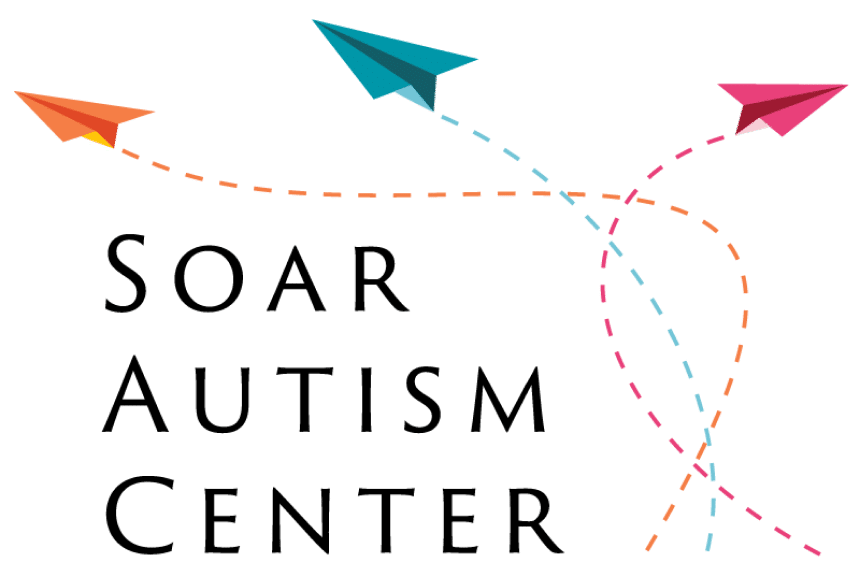Enriching your child’s developmental journey
Our unique, innovative approach to autism therapy supports your child’s development at every step of the way. fostering learning, growth, and independence.
Enriching your child’s journey
Our unique, innovative approach to autism therapy supports your child’s development at every step of the way. fostering learning, growth, and independence.
A New Era in Autism Therapy
Welcome to a new phase in autism therapy.
Building upon the principles of Applied Behavior Analysis (ABA), the Early Start Denver Model (ESDM) has emerged to provide modern, compassionate autism care. This new approach integrates the science of ABA with a developmental approach to teaching, ensuring teaching methods are appropriate for younger learners.
ESDM advances autism therapy with an effective, respectful, and holistic approach, setting a new standard for supporting children with autism.
Understanding the Early Start Denver Model
Recognized as the leading evidence-based intervention for young children with autism, EDSM combines relationship, developmental, and behavior science into a holistic, comprehensive approach.
Developed for 1-5 years old
ESDM is specific for children 5 years old and younger. It’s designed to build learning experiences that focus on teaching through play and social interactions.
Joint routines
Joint Activity Routines, a core teaching structure of ESDM, creates learning experiences where the therapist and child jointly share and play together serving as the foundation to teach new skills.
Natural rewards and reinforcement
ESDM practitioners craft engaging educational experiences based on a child’s interest to increase motivation for learning.
Relationship-focused
ESDM emphasizes the significance of social relationships in learning. By building social connections, children learn in everyday contexts outside therapy sessions.
Elevating autism care for young learners
Specialized to early learners
Specifically designed for young children with autism, ESDM ensures young kids receive care specific to their unique needs.
Language gains
Using techniques like joint attention and imitation, ESDM facilitates language acquisition and communication skills in young children with autism.
Adaptive behavior gains
High-quality research1 has shown how ESDM benefits children across developmental domains (e.g. Vineland-3 scores).
Generalizable learnings
Research studies have shown that children who are taught via naturalistic methods sustain their skills better over time and receive less future therapy. 2,3
Individualized approach
Tailored to each child's unique needs, ESDM therapy focuses on individualized goals for maximal learning and progress.
Family involvement
Equipping parents and caregivers with strategies to support their child’s development at home, ESDM encourages them to engage with the therapy approach.
[1] Dawson et al. Pediatrics (2010); [2] (Estes et al. J Am Acad Child Adol Psy (2015); [3] Cidav et al. J Am Acad Child Adol Psy (2017)
Learning through JARs
Each day, your child will be encouraged to play and learn through Joint Activity Routines, the core foundation of quality ESDM teaching and learning.
Activities involving two or more people
JARs can be any shared game, activity, song, or toy that the therapist and child do together. They each play a part in it–one person isn’t the only one in control or the only one engaging in the activity.
Built by the therapist and child together
The therapist follows the child’s lead to see what they are interested in playing with and helps establish and build the activity together based on the child’s interests.
Embedded learning opportunities
Our therapists embed teaching and learning into each JAR. That could be everything from making requests to taking turns—each JAR differs to meet the needs of each unique learner.
Find the best care for your child
Discuss your child’s unique needs and learn more about our comprehensive autism care approach.


